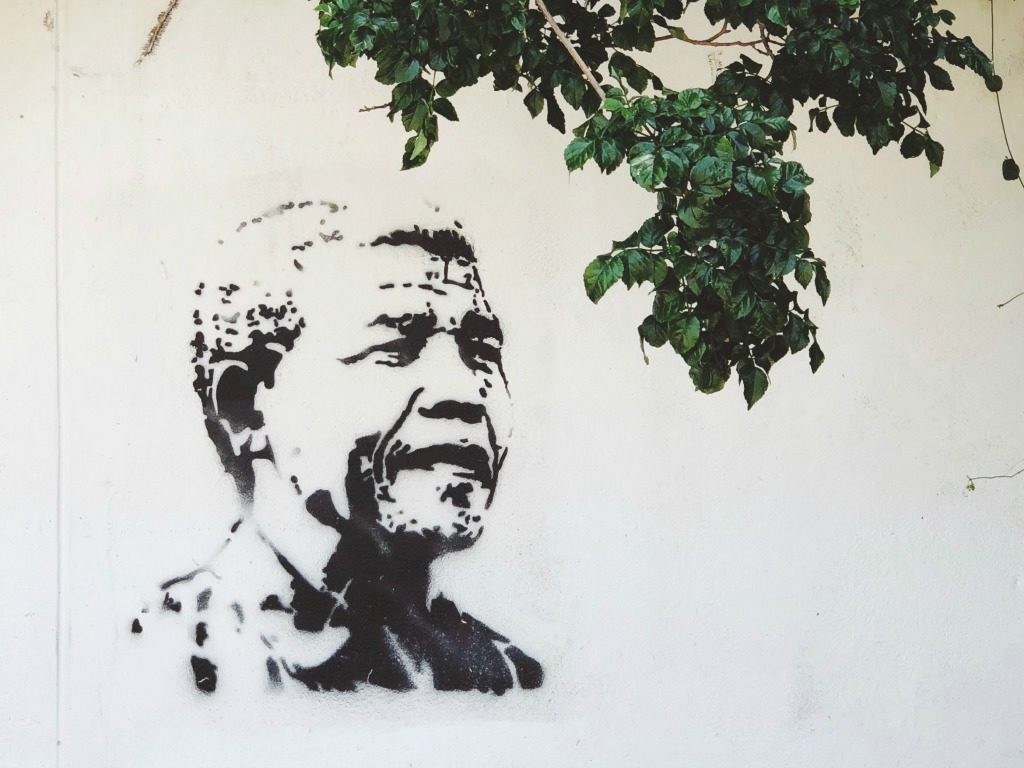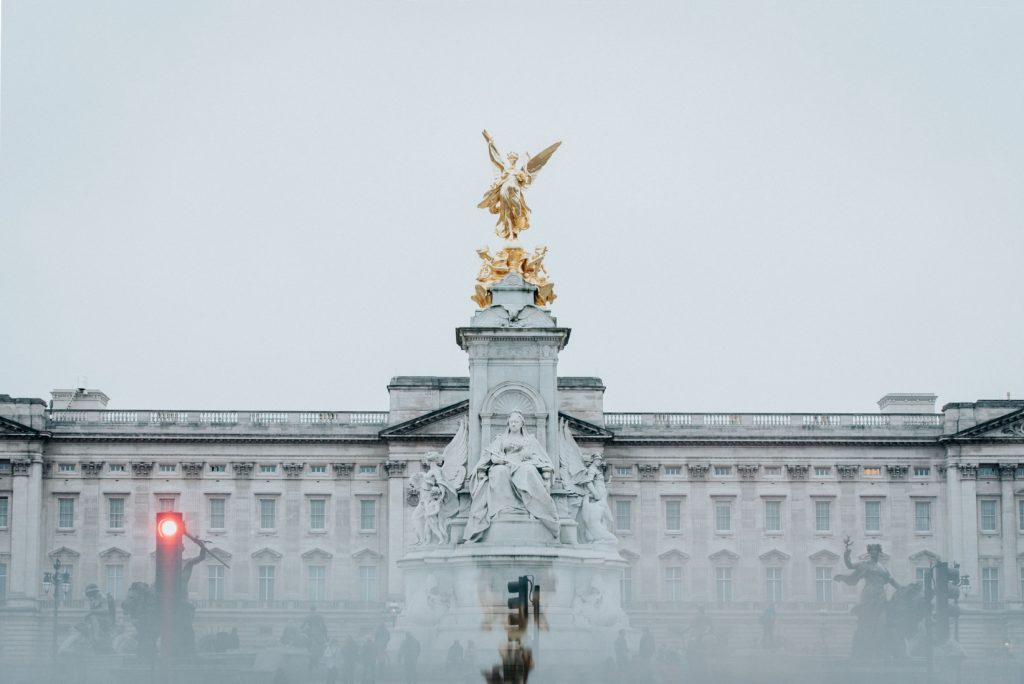
One of the great things about traveling is being able to delve into the cultures and history of others, in often faraway places. Not only does it teach us about different communities, but it can change the way we look at ourselves too.
Throughout your travels with us, you’ll learn about leading figures, who are famous for shaping their local communities and history on a global scale.
Here are some key facts about three notable characters to inspire your travels, because in the words of Prophet Mohammed, “don’t tell me how educated you are, tell me how much you have traveled.”
Nelson Mandela

Famous for his peaceful campaign, his work as an anti-apartheid revolutionary and his role as the first black President of South Africa, Nelson Mandela was an iconic and pioneering figure who revolutionised South Africa and fought for a better future for those living there. Here are a few facts about the heroic man himself.
- His birth name was Rolihlahla, which translates to ‘pulling the branch of a tree’ or ‘trouble maker.’
- In 1993 Mandela was awarded the Nobel Peace Prize for his efforts to dismantle the country’s apartheid system.
- He used disguises to evade police when he was peacefully protesting. This included dressing as a fieldworker, chaffeur and chef. He was actually arrested in a chauffeur’s outfit in 1962.
- During his time in prison, he earned a Bachelor of Law degree from the University of London.
- In 1994 he published his autobiography, Long Walk to Freedom. Most of this was secretly written during his time in prison.
As quoted by Nelson Mandela: “There is no passion to be found in playing small – in settling for a life that is less than the one you are capable of living.”
Learn more about Nelson Mandela in the country he shaped on our Spectacular South Africa trip.
Queen Victoria

Queen Victoria was the Queen of the United Kingdom of Great Britain and Ireland from 1837 until her death in 1901. Known for her 63-year reign, longer than any of her predecessors, and for her nine children who cemented her political stability globally, Queen Victoria was a powerful figure for the majority of the 19th Century.
- Brides wearing white should thank Queen Victoria. The queen wore a white dress on her wedding day, setting off the worldwide trend.
- Queen Victoria survived at least six assassination attempts over the course of her reign, with one in 1840 involving an assassin shooting at her carriage while she was four months pregnant.
- Her influence over Europe through the marriages of her nine children and 42 grandchildren earned her the nickname “Grandmother of Europe.”
- Her husband, Prince Albert, died at the young age of 42. Queen Victoria mourned him for the remainder of her life. She continued to wear black after the usual two year mourning period and laid out his clothes each morning for 40 years.
- The Queen was the first known carrier of the blood clotting disorder haemophilia, which became known as the “royal disease.”
Queen Victoria famously said: “The important thing is not what they think of me, but what I think of them.”
Learn more about the nation Queen Victoria helped build on our British Royale trip.
Charles Darwin

An English naturalist and key historical and geological figure, Charles Darwin is celebrated for his theory of biological evolution, otherwise known as Darwinism. The theory looks at how all organisms develop through natural selection, allowing them to compete and survive.
- Darwin married his first cousin, Emma, with whom he had 10 children. After the death of three of his children and the poor health of the rest, he commented on the risks of marriages between cousins.
- He published his famous theory, On the Origin of Species By Means of Natural Selection on November 24, 1859.
- 250 species have been named after Darwin.
- Darwin was a keen hiker, and in 1834 he had a mountain named after him – Mount Darwin, the highest peak in Tierra del Fuego.
- Darwin was curious when it came to trying new foods and is known to have eaten owl, puma, rhea, iguanas and giant tortoises.
Darwin famously said: “It is not the strongest of the species that survive, nor the most intelligent, but the one most responsive to change.”











Leave a Comment